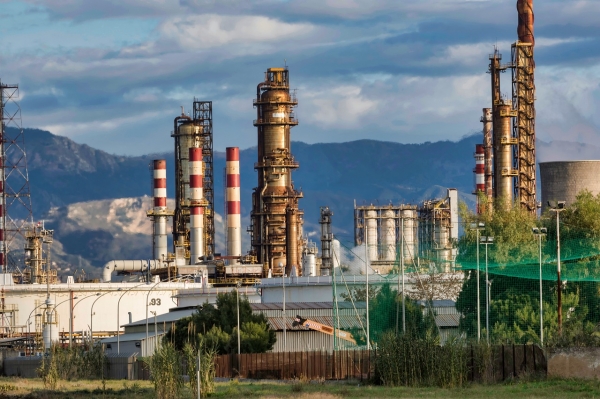Researchers from Lawrence Berkeley National Laboratory (Berkeley Lab) and the Center for Law, Energy, and the Environment (CLEE) at the UC Berkeley School of Law are leading a project to explore the creation of a Direct Air Capture (DAC) facility that uses cutting-edge technologies to remove carbon dioxide from the atmosphere in California’s Southern San Joaquin Valley (SSJV). This foundational work is part of a wider, multibillion-dollar program led by the Department of Energy with funding from the Infrastructure Investment and Jobs Act to develop “DAC hubs” – commercial-scale facilities with the potential to capture at least 1 million metric tons of CO2 annually for permanent storage in underground geologic rock or through conversion into bioproducts – across the country.
The federal program seeks to maximize the impact of these hubs by locating them in regions that stand to benefit economically and environmentally, such as the SSJV which, as California’s agricultural and economic base, has been home to multiple carbon-intensive industries for decades.
The Berkeley Lab and CLEE-led Community Alliance for Direct Air Capture (CALDAC) is composed of researchers from across Berkeley Lab, universities, technology companies, community partners, and research organizations. This interdisciplinary group will work together on a study assessing the technical, environmental, social, and governance feasibility of developing a DAC hub on three potential sites in the SSJV area, near Fresno in the north end of the region and near Bakersfield in the south. CALDAC ultimately envisions partnering with the surrounding communities to evaluate the feasibility of a sophisticated hub that serves as a one-stop-shop for decarbonization: combining multiple DAC technologies with carbon utilization solutions, geological storage providers, clean energy providers and energy storage solutions, and water management.
Read more at: Lawrence Berkeley National Laboratory
Photo Credit: nicolagiordano via Pixabay


